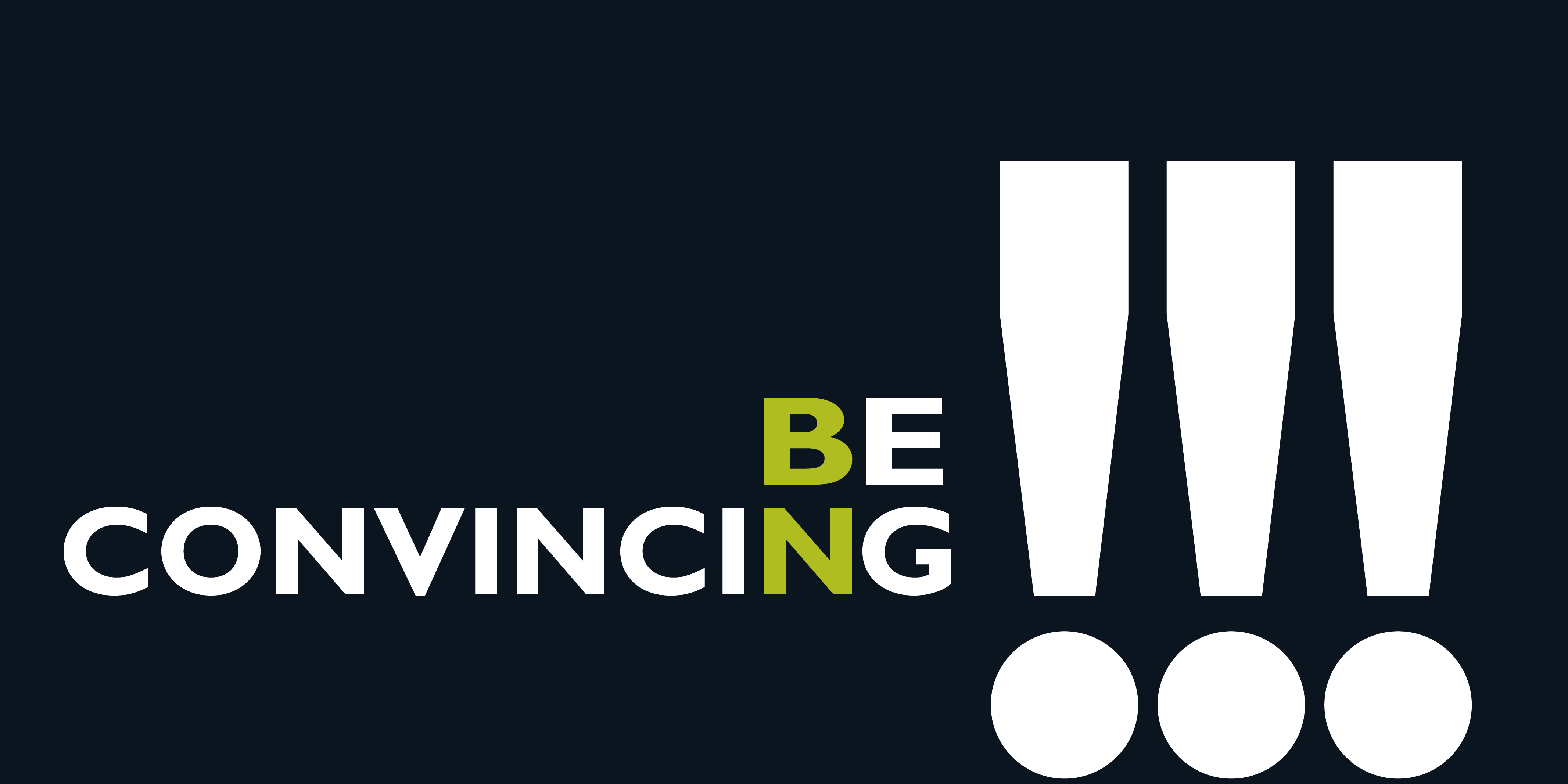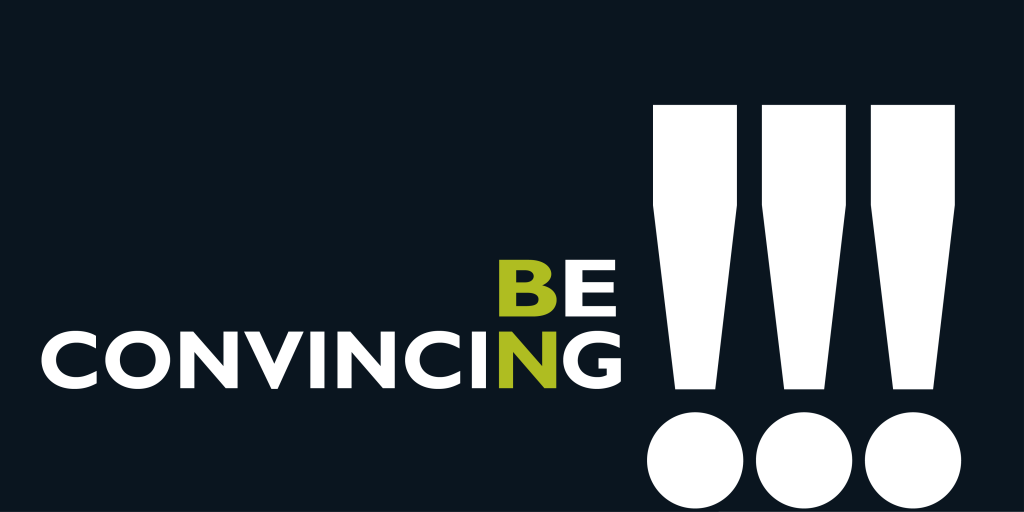![]() I’m really tired of people telling me no one reads anything anymore. “Copywriting doesn’t matter.” “Long copy is dead.”
I’m really tired of people telling me no one reads anything anymore. “Copywriting doesn’t matter.” “Long copy is dead.”
Those are the same Chicken Littles who post headlines on LinkedIn like “Social Media is dead,” “Content Marketing is Dead,” and “Advertising is Dead.”
They’re just hype mongers and click-bait peddlers.
A prospect recently told me he didn’t want professionally-written web copy because, “no one reads it anyway.”
He insisted that “people go to a website looking for something very specific. They don’t want to read, they just want to find what they’re looking for and move on.
So instead of a sharp, well-crafted message on his new website, he threw together a series of meaningless, self-serving “blurbs” that he could pick up from Chat GPT and and throw up onto his X feed.
None of that copy was authentic or compelling in any way. None differentiated his company from the competition. Not one word would be remembered. To be quite frank, they were good-for-nothing soundbites.
That’s too bad.
Why spend good money on a new site and then cut corners on the message development and copywriting? It makes no sense.
Unless you believe that reading is dead.

If a user has found your site, and has gone to the trouble of clicking in, they’re obviously looking for something they think you have… Information, products, services or insight of some kind.
They’re hungry! They’re following a crumb of promise, and you darn well better feed them something tasty.
When people are serious about a purchase, they read plenty. Even long copy!
It’s self-selected relevance… ONLY people who are interested in your product, company, or niche will feast their eyes on your copy. There’s absolutely no need to address anyone else.
And it’s been proven, time and again for more than 100 years, that people will read long copy if it’s relevant to their needs.
So to that client, I suggested he think of his website as a catering gig…
The home page is the appetizer. You can’t just tease them with the first course and then leave the party. At some point, you gotta give them the meat.
 And guess what… When you do give them substantial, well-written copy, your website will perform better from an SEO standpoint. (Google it!)
And guess what… When you do give them substantial, well-written copy, your website will perform better from an SEO standpoint. (Google it!)
Many companies invest big money on the design and programming of a new site and then insist on using free,“factual content” from inexpensive third party sources. Or they have an intern cut and paste “keyword rich” copy into the site.
But the faulty logic of “free content” leads to a detrimental, self-fulfilling prophecy…
A couple months later that business owner will look at his Google analytics and see that users aren’t spending any time on those pages of the site. Inevitably, he’ll say, “told you so. Long copy doesn’t work.”
Of course no one read that free content. It has no flavor!
There’s no connection to your brand, your company’s culture, your product or your unique selling proposition. It’s the exact same tasteless corporate blah, blah, blah that everyone else in your niche is saying.

It left a bad taste in their mouths, and they went elsewhere. You had them at the table, and you left them hungry and disappointed.
The argument for free content reminds me of the business owner who says, “Oh, I tried radio and it never worked.”
How many times have I heard that one? My response is always the same: “Uh-huh. Let’s hear it.”
Inevitably, the radio spot used to prove the point involved two on-air “personalities” and some inane dialog that’s about as natural as botox on a Pug’s face. Boring, vanilla flavored crap. Or worse yet, a locally produced jingle.
The fact is, people will respond to a well-written radio spot if it’s relevant to them. If it’s not relevant, or incredibly entertaining, they’ll simply change channels.
Same with web copy.

People have been debating the benefits of long copy since Claude Hopkins made millions writing ads in the early 1900s. Later, David Ogilvy, the grandfather of modern advertising, was a big proponent of long copy.
He understood the need to do two things:
1. Strike an emotional chord that resonates within the deepest, reptilian recesses of the brain.
2. Back it up with enough proof to hurdle the objections of the analytical mind. Often that means long copy.
There’s abundant A-B testing that proves long copy outsells short copy. But it’s not that simple.
Crappy long copy won’t work better than well-written short copy. It’s not the word count, it’s the quality of the message, the concept, the story and the choice of words that really matter.
It also depends on the product, the category, the value proposition, the context and many other variables. It’s not a “one size fits all” proposition.
Unfortunately, there’s a trend right now toward one size fits all web design. It’s a move away from anything w ritten to a more visual approach with a lot of boxes, buttons and clipart info-graphics.
ritten to a more visual approach with a lot of boxes, buttons and clipart info-graphics.
It’s a template-driven, paint-by-numbers approach that guarantees a big, homogenized playing field of similar-looking sites. All vanilla.
Let’s say you blow out your knee and you need ACL surgery. Chances are, there are several knee specialists in your market to choose from.
If you’re an orthopedic practice you could load-up generic medical info about the statistical outcomes of ACL surgery. Or you could provide the facts, wrapped with some emotional reassurance.
Call me a whimp, but if it were me, I’d want a friendly little pat on the back that says, “It’s going to hurt, but it’s going to be okay. Here’s what you can expect. Here’s the PT you’ll have to do. Here’s what others have said about the experience.”
You can’t do good beside manner in one paragraph.
Plus, in that scenario, facts just don’t cut it. The tone of the copy and the overall presentation need to do more than inform, they need to put the patient at ease. For that, you need well-written copy not vanilla flavored content.
 Here’s another example… I have a client who has a very involved, do-it-yourself product sold exclusively online. It involves a long selling process and full weekend of yard work after the purchase.
Here’s another example… I have a client who has a very involved, do-it-yourself product sold exclusively online. It involves a long selling process and full weekend of yard work after the purchase.
Do customers want the facts about installation and detailed instructions? Of course. But they also need a friendly nudge to actually get the job started. They need reassurance that they won’t get stuck in that Ikea-like hell with a half finished job and lots of left-over parts.
In that case, it’s customers who will be hungry for the long copy. And if you don’t provide it, they may end up paying for a product that’s just collecting dust in the garage.
These days, you can’t just tell them. You also have use every modern marketing devise to demonstrate, illustrate, persuade and prove your case. Long copy still sells, it just has to be served up a little differently.
Use video for presenting meaty customer testimonials or show-and-sell product demonstrations.
Use white papers and case studies to present deep, elaborate arguments that prove your value proposition. (A recent Harvard survey showed that case studies are THE most-read form of content in B-to-B content marketing.)
Use YouTube, Twitter and everything else in your power to deliver the appetizers. But don’t forget the main course. There HAS to be some meat on that bone, somewhere.
You can’t just keep leading people through a site, deeper and deeper and deeper, without ever delivering the whole story. It might only be a small percentage of users, but there ARE people who hungry for that. And often it’s your best brand ambassadors.
Do you need someone to write long, memorable copy for you? Contact me here.
Go here for more insight on how long your copy should be.
For examples of great copywriting
![]()


Great post. I liked that you pointed out services / products that cause anxiety need copy long enough to deal with that and of course the tone is important as you also say.
So true. But while these are typical clients, I have actually come across people in the ad fraternity who believe in minimalism – a.k.a no copy!
Great post! The last thing you need are more definitions for blog branding, but take a look at this ipostforyou discussion….
http://www.ipostforyou.info/2013/05/blog-branding-basics.html